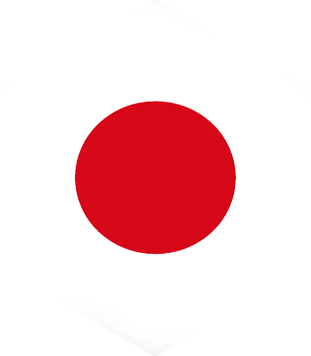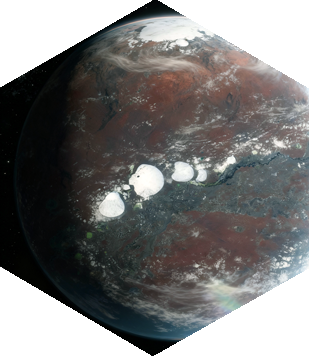Matsumoto


Introduction
Matsumoto, a Japanese colony in the 61 Virginis system, is a triumph of precision engineering and cultural continuity. Built beneath the planet’s irradiated surface, its subterranean cities preserve centuries of Japanese design and philosophy, merging spiritual serenity with futuristic innovation.
Geography and Environment
The surface of Matsumoto is barren and wind-swept, marked by cratered highlands and glacial dust plains. Beneath this hostile terrain lie vast networks of caverns transformed into illuminated city-caves. Carefully cultivated gardens and bioluminescent flora replicate the beauty of Earth’s nature underground, while the surface hosts shrines and botanical domes that honor tradition and resilience.
Colonization and Society
Matsumoto’s colonization was driven by Japan’s commitment to sustainable living in extreme environments. Citizens live within ordered communities governed by consensus and harmony, guided by principles derived from Shinto and Zen aesthetics. Architecture, education, and daily rituals reinforce mindfulness and respect for limited resources.
Economy and Industry
The colony specializes in subterranean engineering, radiation shielding, and sustainable architecture. Matsumoto’s technologies are exported across Terran colonies, influencing design philosophy in both civilian and military infrastructure.
Conclusion
Matsumoto is both a fortress and a sanctuary—proof that humanity’s inner balance can flourish even beneath alien soil.




























